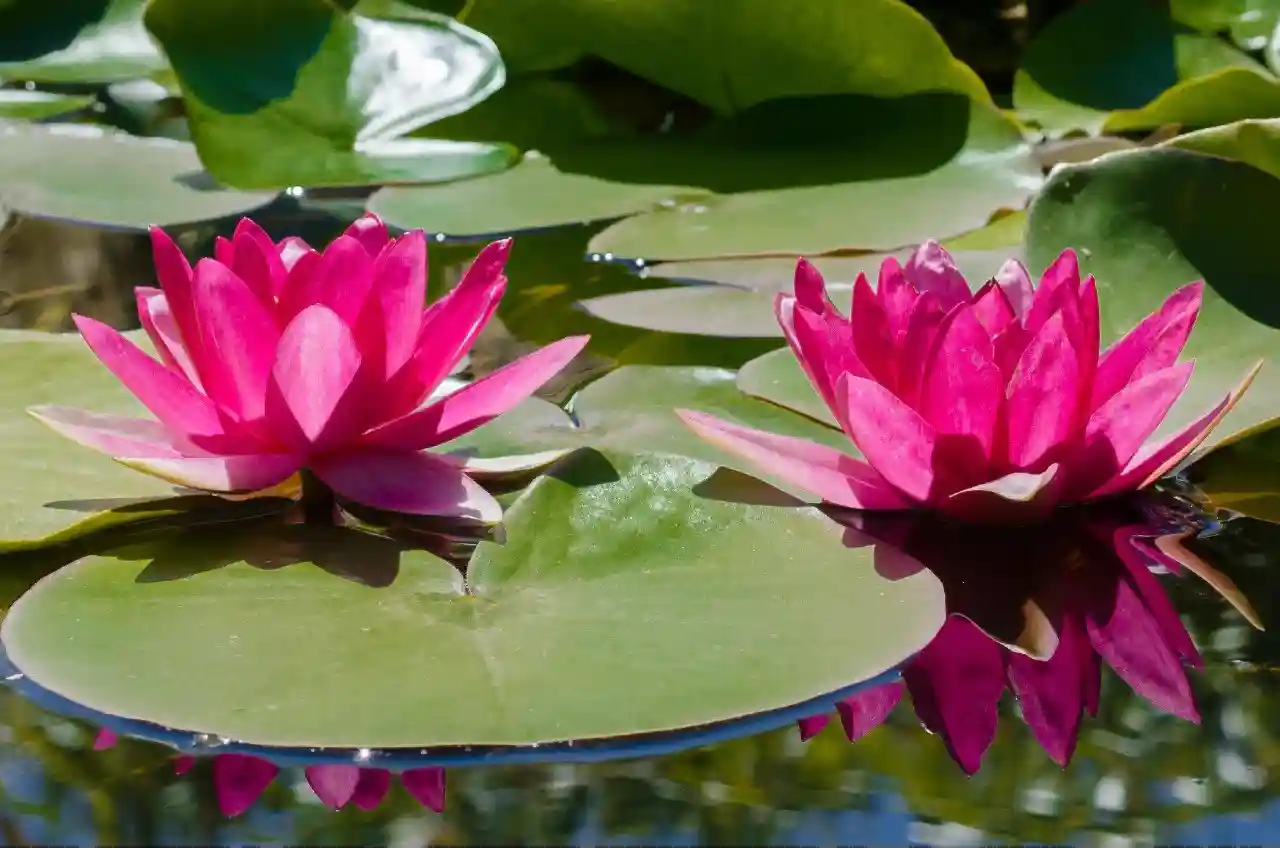NEWS
A Guide to Different Types of Pond Water Plants From Lily Pads to Water Hyacinth

Have you ever wondered how pond water plants contribute to a thriving aquatic ecosystem? In this blog post, we will dive deep into the fascinating world of these aquatic wonders.
From balancing pond health to providing shelter for fish and other wildlife, pond water plants are essential for maintaining biodiversity in pond habitats. By reading this post, you’ll gain valuable insights into the types of plants best suited for your pond, as well as tips on how to cultivate and care for them effectively.
Categories of Pond Water Plants
Pond water plants can be broadly categorized into three main types: floating, submersible, and marginal. Each category offers unique benefits and adds distinct aesthetic value to your pond.
Floating Plants
Floating plants are not anchored in the soil; instead, they float freely on the surface of the water. They are excellent for providing shade and reducing algae growth. Popular floating plants include:
Water Hyacinth
Known for its beautiful lavender-blue flowers, water hyacinth is a popular choice for many pond owners. It helps in oxygenating the water and provides a habitat for aquatic life.
Duckweed
These tiny plants form a green carpet on the water’s surface. They are excellent for controlling algae.
Submersible Plants
Submersible plants grow entirely underwater and are crucial for maintaining water quality. They help in oxygenating the water and provide a habitat for fish and other aquatic creatures. Some well-known submersible plants are:
Anacharis
This plant is excellent for oxygenating the pond. It also provides a habitat for fish.
Hornwort
Known for its feathery, dark green foliage, hornwort is effective. It plays a key role in controlling algae.
Marginal Plants
Marginal plants grow around the edges of the pond, partly submerged in water. They help stabilize the pond’s banks and add a natural look to the pond’s perimeter. Examples include:
Cattails
These tall, reed-like plants are excellent for filtering water. They also provide a natural habitat for wildlife.
Pickerelweed
This plant offers beautiful blue-purple flowers. It grows well in shallow water.
Selecting the Right Plants
When selecting pond water plants, consider the size of your pond and the climate of your region. For smaller ponds, opt for plants that do not spread aggressively, like dwarf lilies. In colder climates, choose hardy plants that can withstand lower temperatures, such as hardy water lilies and certain species of lotus.
Planting and Maintenance
Planting pond water plants is relatively straightforward. For floating plants, simply place them on the water’s surface.
Submersible plants should be anchored in containers filled with gravel or aquatic soil, and then submerged in the pond. Marginal plants can be planted directly into the soil around the pond’s edge.
Maintaining pond water plants involves regular pruning to prevent overgrowth, removing dead leaves, and checking for pests. Ensure that the water quality is maintained by regularly testing for pH and nutrient levels. For a comprehensive selection of aquatic plants and professional pond services, visit https://aquaticgardensusa.com/pond-services/aquatic-plants/.
The Essential Role of Pond Water Plants
In summary, pond water plants are indispensable for creating a thriving and balanced aquatic ecosystem. They not only enhance the aesthetic appeal of your pond but also provide essential benefits such as oxygenation, shade, and habitat for wildlife.
By carefully selecting appropriate species and maintaining them diligently, you ensure a healthy and vibrant pond environment. Whether you are an experienced pond owner or a beginner, integrating pond water plants will undoubtedly elevate the overall health and beauty of your pond.
Keep browsing our website for more helpful articles!
Having completed my education in English, I’ve cultivated a successful career as a content writer. My tenure includes valued collaborations with distinguished professional organizations, reflecting my commitment to producing high-quality content.
Contact me on this mail: [email protected]










